
One question that I get asked quite regularly during prospect phone calls and sales meetings is when the best time of year is to undertake a landscape construction project.
Are there advantages to doing it during certain times of year? Are there times of year to avoid? Does it matter at all?
Let’s start with the third part of those questions; Yes, it does matter. But how it matters really depends on your priorities, what’s important to you during the construction process, and when you want the project completed.
First, let’s take a quick look at the calendar. Generally speaking, we’re working outside completing landscape construction projects beginning usually around the first of March, and typically ending about mid-December. Those dates can be tweaked a bit depending on how the year’s weather is behaving, but those are pretty accurate average dates.
No matter what, we won’t be out doing masonry or fence work during January or the first half of February. Even the mildest of winters can turn nasty in a heartbeat, and the last thing anybody wants is a half-completed construction project sitting idly while a foot of snow melts, or the ground heaves, or it turns into a muddy mess. Better off to wait until the winter threat has at least subsided.
So take away the winter, and you’re left with nine, maybe ten months at the most to get your project completed. Still a pretty broad range.
Rest assured, if we’re out doing a project it’s only because we’re confident enough in the weather, and are taking any seasonal precautions that need to be made. So at this point the “when” of the project is entirely up to you.
But there are some things to consider:
- When do you want the project completed by? If you want that new patio installed for your child’s graduation party, don’t call us on Memorial Day. If there’s an end-goal in play, allow enough time for all the i’s to be dotted and t’s to be crossed, and the project to be completed in a thorough, detailed manner.
- Are there seasonal discounts? We don’t offer seasonal discounts, but I have heard of some companies offering discounted prices to fill schedules during slower times of year. It’s certainly worth asking anybody you’re soliciting bids from.
- Are there times of year when we’ll have to wait longer for availability? Absolutely. Once the really nice spring weather hits, a backlog queue of up to four months isn’t uncommon, although we certainly try to keep that time to a minimum. Mid-to-late summer availability can often be pretty quick. There’s usually a bump in business around Labor Day, so fall availability can often be delayed but not as significantly as the spring.
- Can customers pick their construction dates? To some extent, yes. If you call us early enough and leave plenty of lead time, it certainly allows you some flexibility. Keep in mind we are busy doing other projects while your project is in the queue, and there is always some uncertainty in project length due to weather, unforeseen site conditions, etc. Scheduling for “mid-August” is realistic. Scheduling for “Aug 12th” is not.
- Do clients need to be home during the construction process? No, but it is advisable. I’ve had clients in the past want to schedule their projects for weeks when they’re away at the Shore or on vacation. First, as mentioned above, picking the exact day we begin isn’t always an option. Secondly, there are often day-to-day decisions that need to be made or approved during the construction process. Sure, it’s tempting to want to be “out of Dodge” while the yard is torn up and the driveway is full of equipment. But as I always say, the most successful projects are the ones where there is open and frequent communication. If you’re available by phone, or are simply an hour’s drive away at the Shore we can probably make it work. But if you’re going off the grid to some exotic locale, it’s probably best to wait until you return.
- Can I schedule a project for next spring? Absolutely. From a scheduling perspective, I always like to have one or two projects in the can ready to go once the winter weather breaks. And a March start date means you’ll be ready to enjoy and use the final product by the nice April weather.
- Entire process – sales cycle to final sweep. How long will it take? Wow, that’s a tough question, with a lot of factors to consider. A lot depends on your level of responsiveness. Are there multiple revisions and design changes? Are you first calling us in April or August? Are we talking about a 600 square foot patio, or a simple front entry path? There’s just too many factors to answer that question effectively, but hopefully the above points will help give you a sense of turn-around.
So, in summary, the best advice I can offer is to call us early, well in advance of the desired completion dates. It will allow you to make sure you’re fully on board with any design layouts or material selections, allow you a bit of flexibility in scheduling projects, and allow us the necessary time to complete your project meticulously to the highest standards.
For additional questions or to begin the process for your upcoming project, give us a call. We look forward to speaking with you!
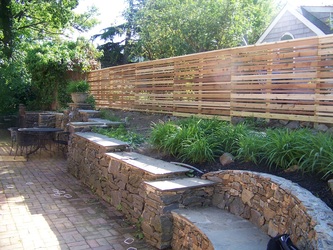
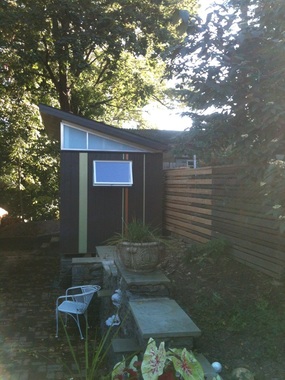
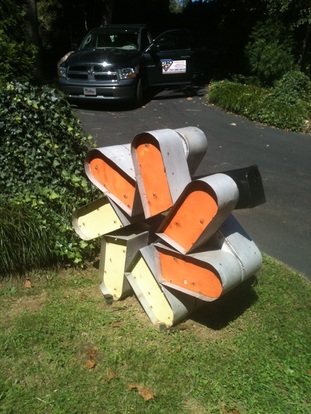
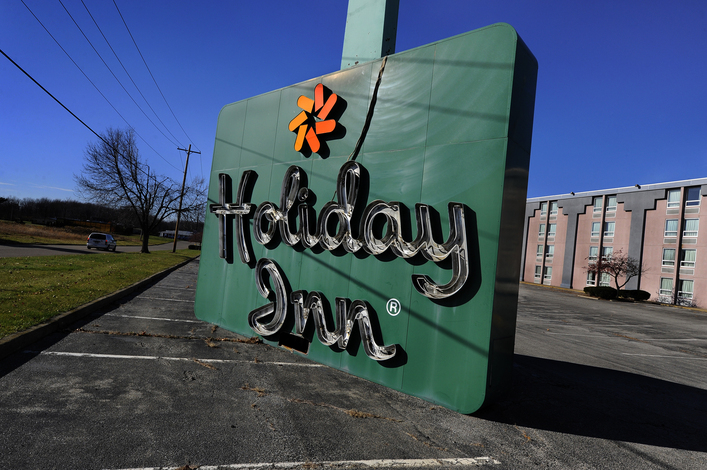
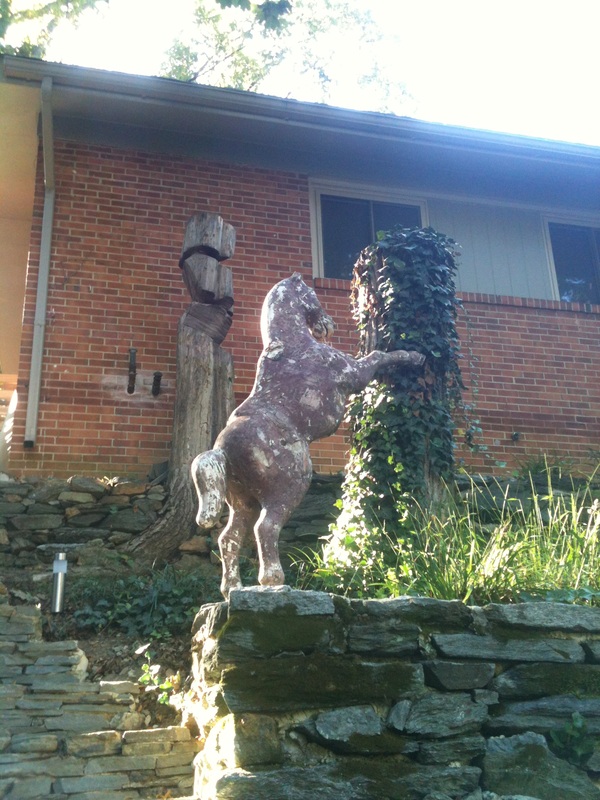
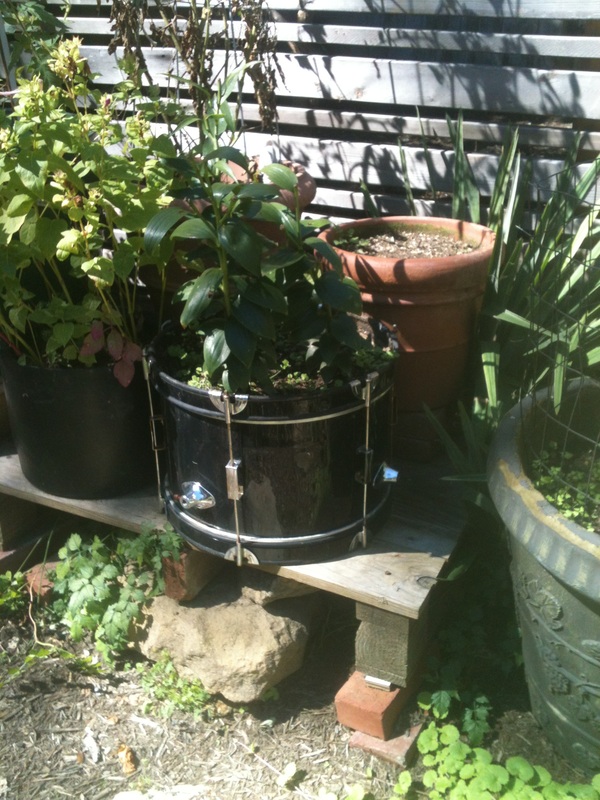
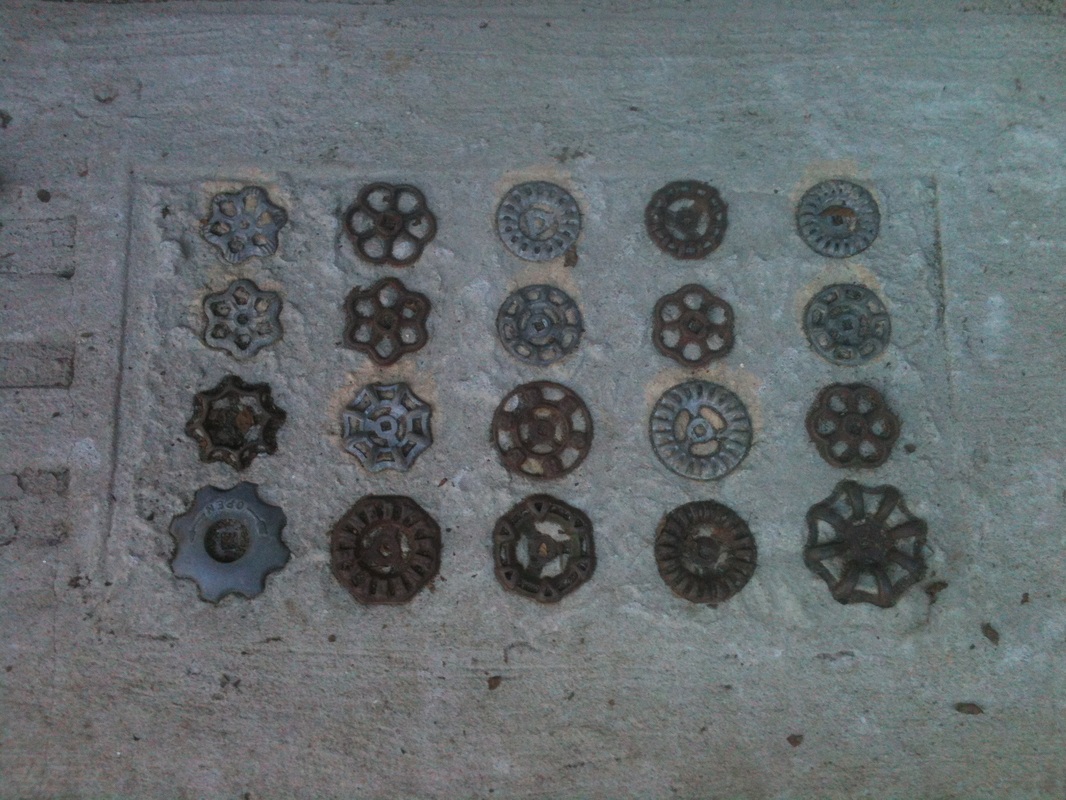
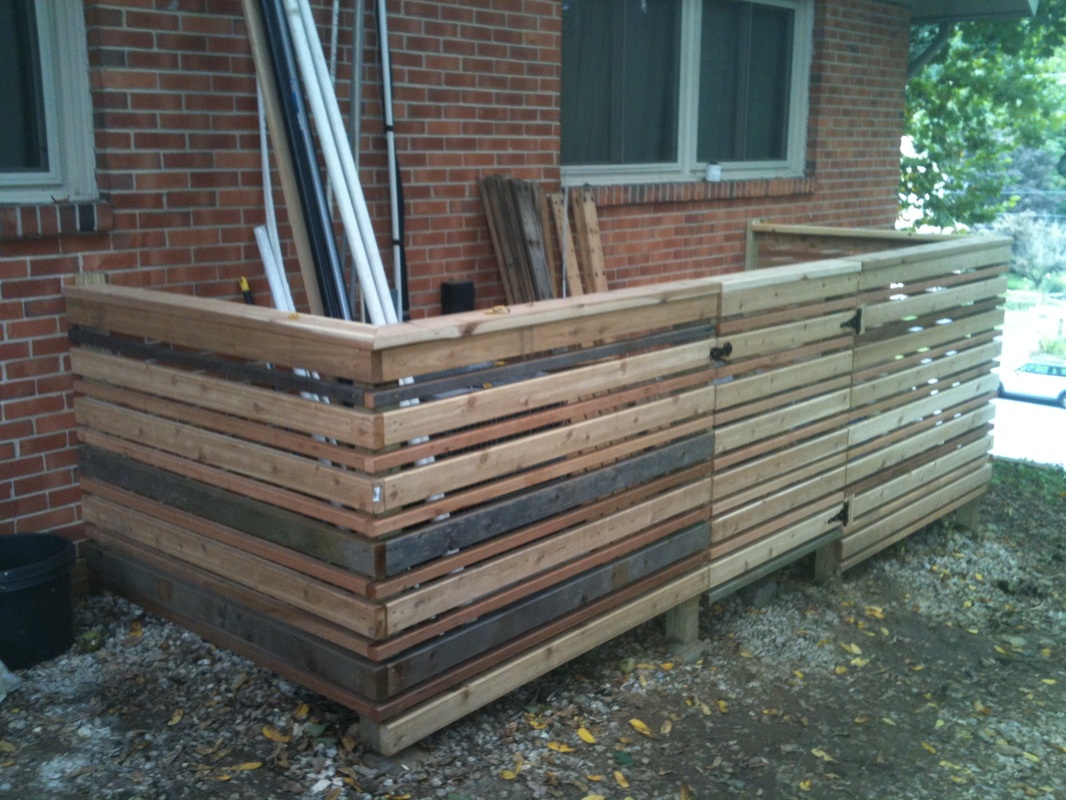
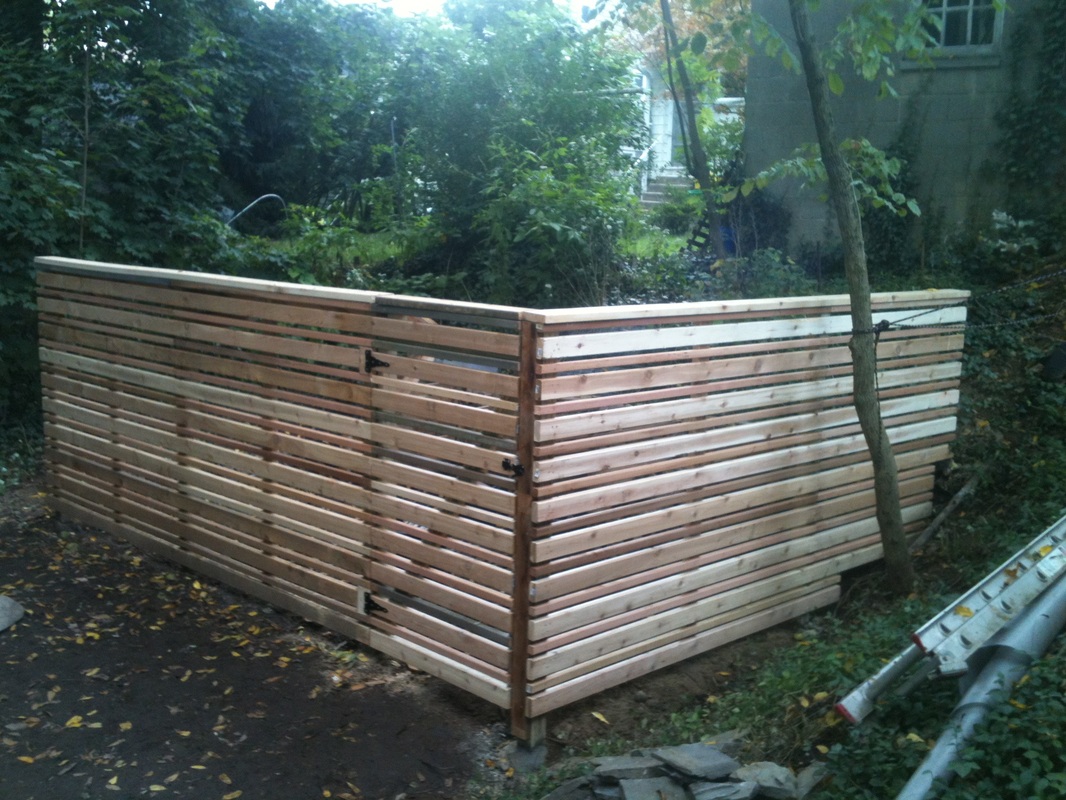
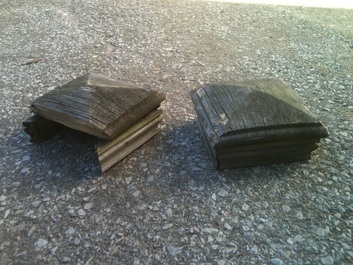
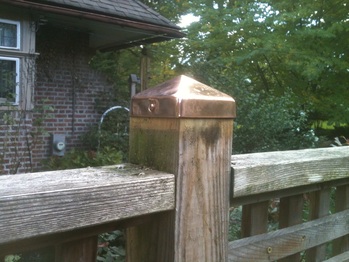
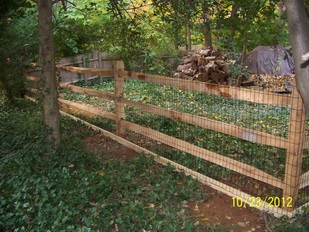
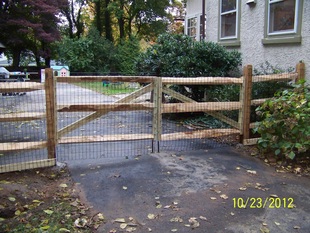
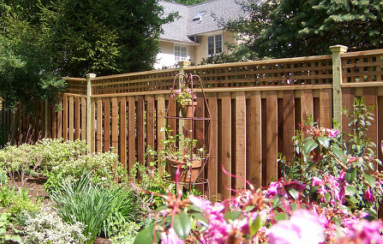
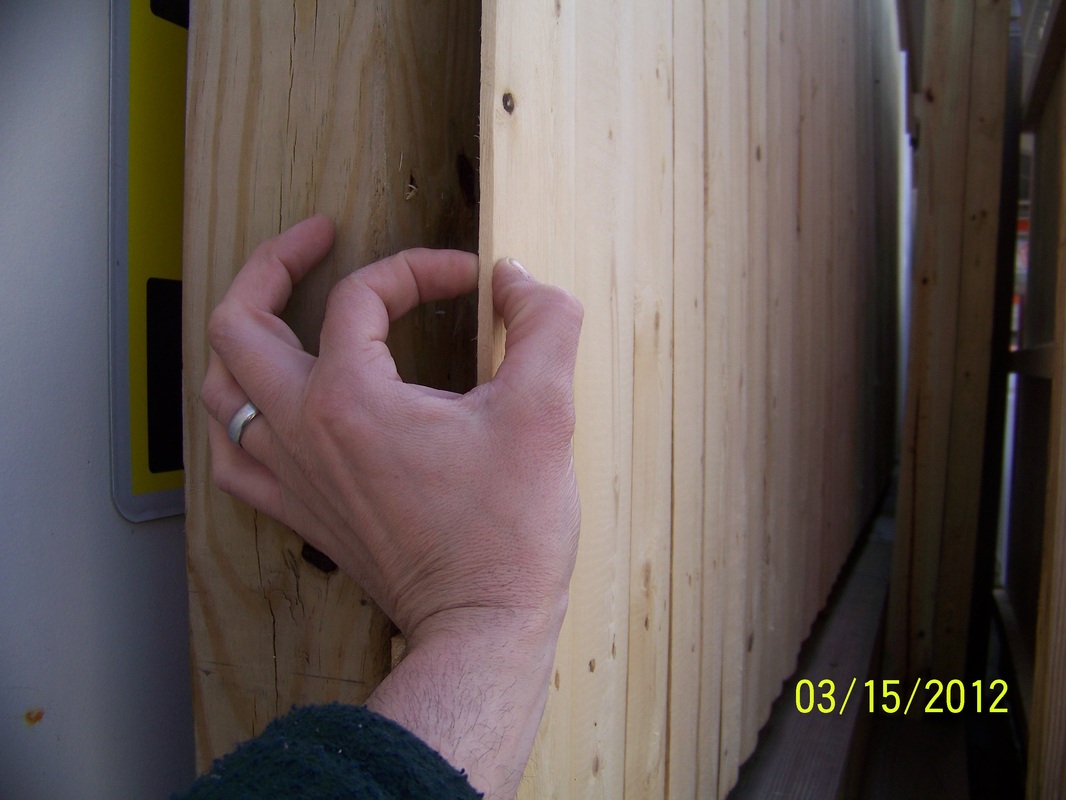
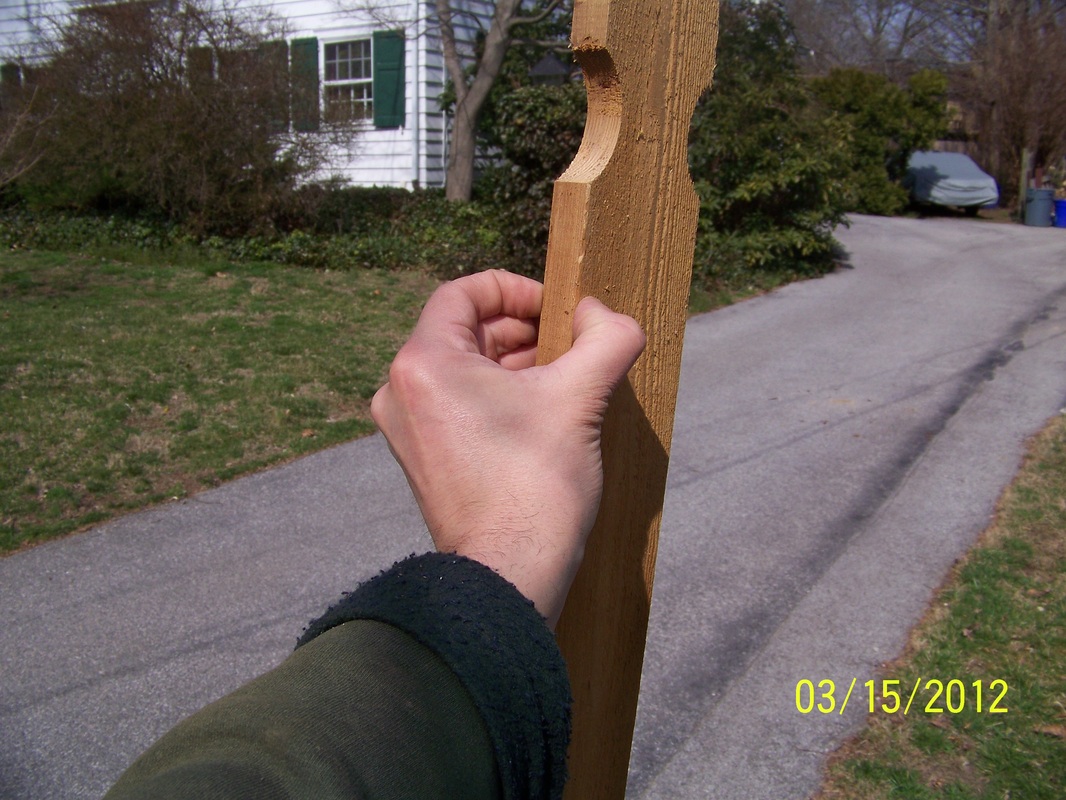
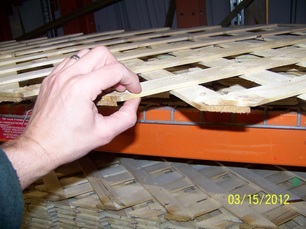
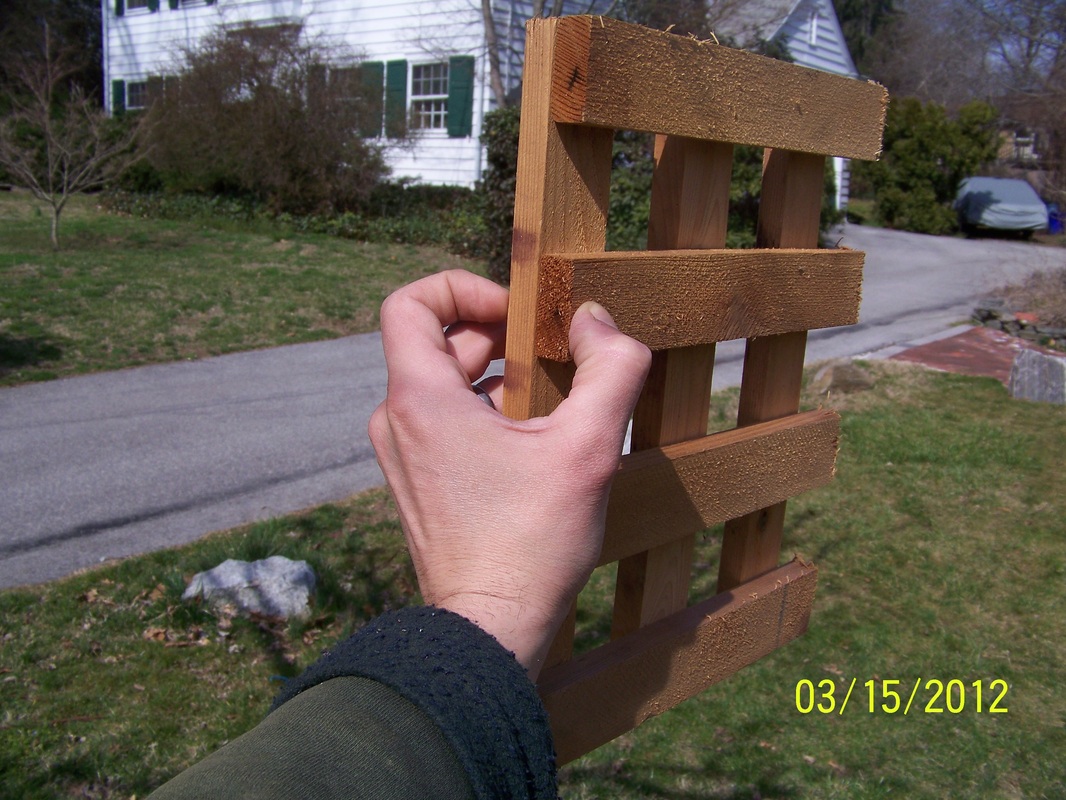
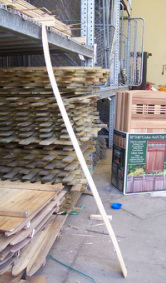
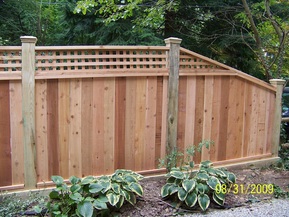




 RSS Feed
RSS Feed